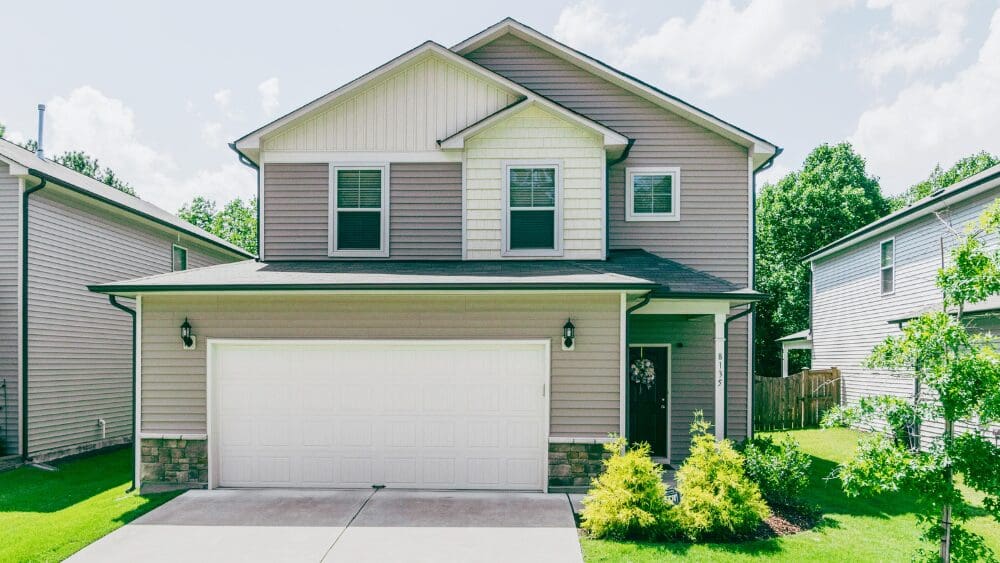
The moment you decide to sell your home, you start to see it in a critical light. Your older kitchen cabinets, of no bother to you for years, suddenly strike you as outdated. You pray the squeaky furnace won’t be a deal breaker. Oh, and that carpet is gross! Should you replace it? Mind spinning, the dollar signs rack up before you’ve even determined price for the property. It’s hard to know how much work to do before selling a house, especially when you’re up close and personal with it every day as the owner and intimately know all of the little quirks and imperfections. Pour in too much money into the house to fix everything, and you could spend more than would have been necessary to attract a buyer. Do too little, and you risk bad photos and showings that disappoint. To guide you through making smart decisions about what work to prioritize in the prep stage, follow this rubric developed with the help of listing agents who advise clients on pre-sale strategy every day. In it, you’re looking at three main options: Let’s review each route more in depth so you can decide what’s right for your needs and goals for this sale. There are few reasons you might sell your house as-is: The first is straightforward: you lack the money to take on home improvement projects upfront. You might not be able to afford to stay in your house, let alone make costly repairs and aesthetic upgrades. In this case, the last thing you’re thinking about is shiny new wood floors. You want to sell and get out. The best course of action is to price the home accordingly and call it a day. Another reason, perhaps, is that you’re selling an inherited property, which may be located out of state or even across the country. Planning for renovations and repairs in that case can be a massive inconvenience and toll on your daily life. When it’s not your house, you might not have the headspace, time, or bandwidth to arrange for painters or an expensive deck repair. Finally, some sellers choose to go the “as is” route if they’re looking to avoid long drawn out negotiations with buyers. You’re looking for a straightforward sale, you’re going to price in what you know is wrong, and buyers can take it or leave it. If you fall into the latter camp — i.e., you’re choosing to list as is because you don’t want to paint the garage, install a new roof, or deal with any number of other requests a buyer might make after an inspection, think carefully about that decision. “Selling ‘as is’ can automatically make a consumer think there’s something wrong with your house,” explains Annette Wilcox, an agent in Norwalk, Ohio, who has sold more than 200 homes. And if you already know something is wrong with your home, you legally must disclose that information in most circumstances. “If you want to take ten or fifteen thousand off your house today and list as-is, we can do that, but I don’t think that’s the way you should go about selling your house,” says Wilcox. Instead, Wilcox says it’s best to get potential buyers in the door — the more buyers, the better — and once you receive an offer, you can make it clear you’re not going to repaint the garage or invest in whatever upgrade you’re concerned buyers will request. But cross that bridge when you get there. Don’t burn it down before strong buyers have the opportunity to fall in love with your listing. Jennifer Rosdail, a top real estate agent-based in San Francisco with 18 years of experience, echoed that sentiment. “I don’t think it’s going to get the seller the most money,” she says. She also explained that in the case money is an issue, she’ll often offer concierge funds that help pay for necessary repairs to sell the house for the most money possible, and those costs will come out at the close. If your heart’s set on selling as-is, we get it. The average buyer will negotiate $14,000 off the inspection and that’s after you’ve gone through the work of trying to prep it to your liking. But, as we mentioned, the decision could limit your pool of traditional buyers. However, there are some buyers who might think your house in its current condition is precisely what they’re looking for. Direct real estate buyers — think: iBuyers, flippers, and rental investors — often prefer to purchase properties off-market and they also pay cash. This makes them more open-minded to houses being sold “as is” because they’re looking at it with a business lens, not a “could I live in this house right now” lens. Rather than do a Google search on “sell my house for cash” and give away your house to the first bidder, however, we’d recommend making sure you’re not getting lowballed or scammed. Through our Simple Sale platform, HomeLight partners with hundreds of pre-vetted cash buyers across the country — from local real estate investors who purchase 1-2 properties per year, to institutional funds buying hundreds of homes each month. With a platform like this, you can request a cash offer on your home and we’ll actually introduce you to the highest bidder. In addition, we’ll compare your cash offer side-by-side with an estimation of what you could likely fetch on the open market. With this information in hand, you’re less likely to sell for cash and then feel those pangs of regret. You’ll have made the decision knowing the full picture. While the idea of a home that looks like it belongs in Better Homes & Gardens is appealing, it’s not feasible or necessary for most sellers. Making a house turnkey is ideal for house flippers looking to make a big profit on a less than appealing house they’ve gutted. But, if you’re not a flipper, it’s hard to justify spending that much money for the purposes of selling. You might want to make some changes, sure — but not to the entire home and certainly not with the top of the line materials. “In most cases, we just want to get the home to that level of habitability where for most buyers, it might not be everything they dreamed of, but they’re not scared of the condition,” says Rosdail. She was working with a seller who was focused on selling quickly so she could make an offer on a new home, and was upgrading her current house to make that possible. “I love that,” says Rosdail, “but she was trying to spend $30 a square foot on bathroom tile.” There is a healthy middle ground between as-is and totally turnkey where most sellers fall. As a seller in this moderate category, you’re looking to maximize price but don’t plan to do a total overhaul. You may have already accepted that some aspects of your home are dated. And while you’re not going to fork over big bucks for top of the line countertops and flooring, you do want to tidy up and make small upgrades that attract more buyers and increase your profits. “The point I want to get at home to, usually, is the point where someone could simply move in,” says Rosdail. “They may want a new kitchen, they may want a new bathroom, but they will feel like they can do that later.” She leans on fresh paint (which will run you about $2-$6 per square foot according to HomeAdvisor) and replacing fixtures like lights and doorknobs as easy fixes for making a home feel new and modern without having to make significant upgrades. So, perfection is off the table. But what other projects are worth the investment? Ultimately, each house is different, and you have to do your homework when deciding how much work to put in your home before listing. Research the ROI of a project before you start, factor in the market’s state, and lean on your agent’s expert opinion. They’ll be able to tell you where to break out the hammer, where to call a professional, and what can go untouched. Ask these questions in your first meeting. “Let’s get together and figure it out,” says Rosdail about her approach to renovations. “You’ll save yourself a lot of time by just, you know, letting us collaborate in the moment.”Sell as-is when necessary
You’re strapped for cash
This isn’t even your house
Tired of the hassle
Know the risks
Get a decent offer
Go for turnkey, but know that it’s above and beyond
The sweet spot: Make select improvements
Do your homework before you invest



